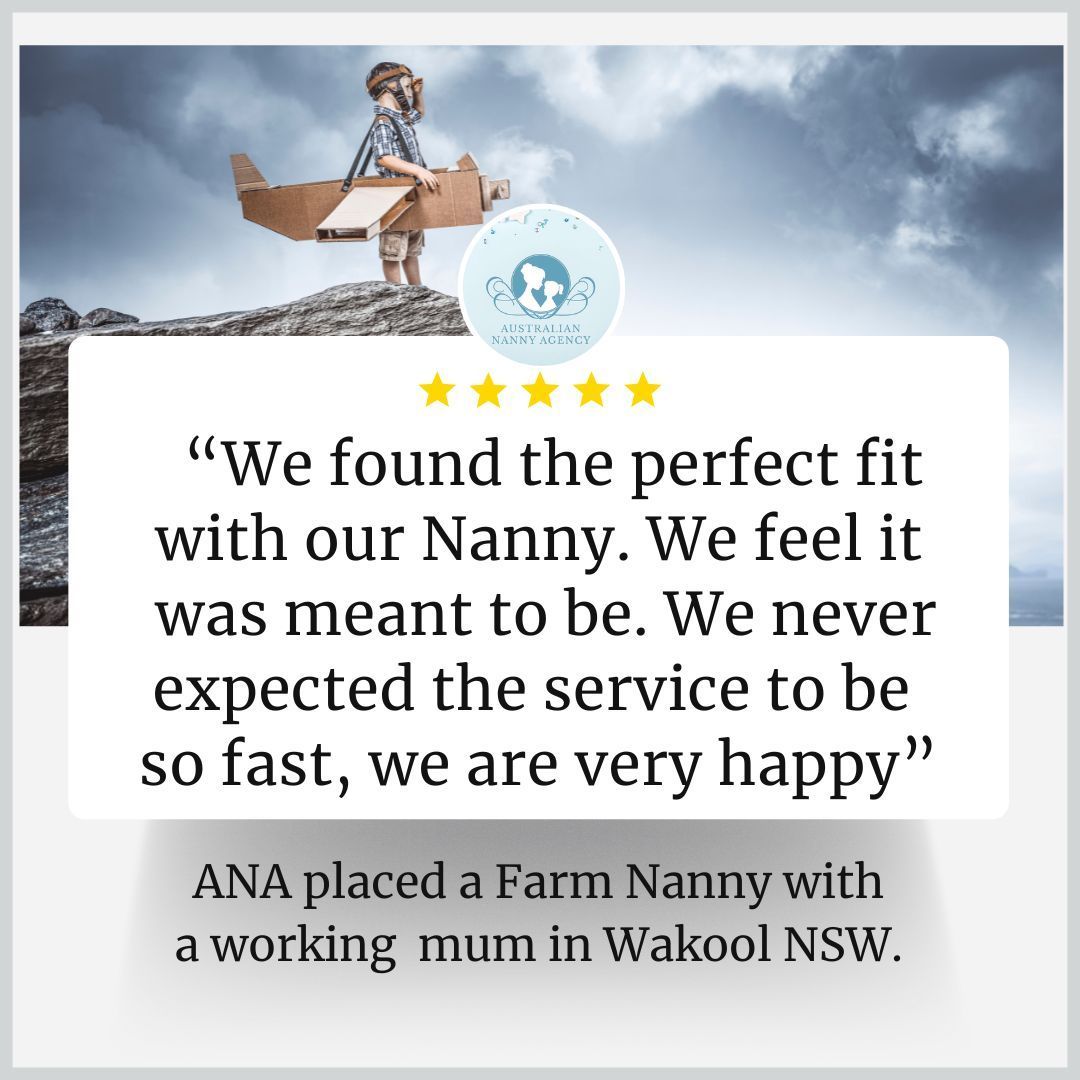Leveraging Community Resources and Collaboration to Safeguard Vulnerable Families and Foster Resilient Futures
The Power of Early Intervention: Preventing Child Abuse and Neglect through Community Engagement
Child abuse and neglect are heartbreaking realities that impact millions of children and families in the United States and around the world. According to the U.S. Department of Health & Human Services, approximately 656,000 children were identified as victims of child abuse or neglect in 2019 alone. The scars of such experiences can last a lifetime, affecting emotional regulation, mental health, educational achievement, and even career prospects. However, research is increasingly demonstrating that early intervention can make a profound difference, preventing abuse and neglect before it occurs. A pivotal participant in this process is the community itself.
Understanding Early Intervention
Early intervention refers to the process of providing support to families and children at risk of developing more severe issues, including emotional, behavioral, or developmental problems. The aim is to address concerns early, before they escalate into crises. In the context of child abuse and neglect, this means recognizing signs of stress or dysfunction in families and intervening to provide the necessary support, resources, and education.
The information available from numerous studies support the argument that the earlier we intervene in a child’s life, the more profound the positive impact on that child’s future. From home visiting programs and family support services to parent education and community-based outreach initiatives, these interventions can prevent adverse childhood experiences (ACEs), thus fostering resilience.
The Role of Community Engagement
Communities play an invaluable role in early intervention. Many factors contribute to child abuse and neglect, including poverty, substance abuse, parental mental health challenges, and social isolation. When individuals in a community come together to support families, they can create a buffer that protects children from these risk factors.
Building Awareness: Engaging communities in educating residents about the signs of child abuse and neglect is crucial. By fostering awareness, neighbors, friends, and family members become more vigilant. Workshops, community meetings, and social media campaigns can disseminate information about the resources available to families in need.
Creating Support Networks: Isolation is a significant risk factor that exacerbates familial stress. Community centers, religious organizations, and local nonprofits can offer vital support networks that couples reassurance, shared experiences, and practical advice. When families feel connected, they are less likely to feel overwhelmed, and children are less likely to suffer from neglect or abuse.
Providing Resources: Early intervention programs must include steps to ensure that families have access to vital resources, such as housing, healthcare, and financial assistance. Community partnerships can play a role in the compilation and dissemination of local resources. Moreover, when resources are visible and accessible, they can help alleviate the stressors that might lead to abusive behavior.
The Impact of Comprehensive Child Safety Networks
Communities that engage multiple stakeholders—like schools, healthcare providers, law enforcement, social services, and local businesses—create a comprehensive child safety network. Such a network fosters collaboration aimed at continuous monitoring of family health and well-being, leading to quicker interventions when needed.
Example: The New Zealand Model
A compelling example of effective early intervention through community engagement is found in New Zealand's "Incredible Years" program and its subsequent adaptation through the "Strengthening Families" initiative. The program has successfully diminished the number of children entering the child welfare system—an achievement rooted in proactive measures. By supporting parents and providing resources in a community setting, families feel empowered to seek help without fear of stigma.
The Role of Feedback
Regular feedback mechanisms should be rooted in community engagement initiatives. This can include surveys, focus groups, and community forums where residents can voice their concerns, experiences, and suggestions. These dialogues are invaluable as they inform service providers about community needs, allowing for tailored and responsive early intervention strategies.
The Importance of Prevention over Reaction
Preventing child abuse and neglect is far more effective—and humane—than responding to its aftermath. The costs associated with child abuse are staggering, involving not only emotional and psychological consequences but considerable financial expense for healthcare, judicial systems, and social services. Investing in early intervention reduces these costs while enhancing the quality of life for entire families.
Economic Benefits
Research has demonstrated that every dollar spent on early intervention can yield a return of between $2 and $7 in economic benefits, primarily due to reduced healthcare costs, lower rates of crime, and decreased reliance on welfare programs. This economic argument provides a compelling case for communities to mobilize around prevention efforts.
Engaging and Empowering Parents
A core component of community engagement is empowering parents. Parenting classes, peer support networks, and access to mental health services are all part of a comprehensive early intervention strategy. When parents feel equipped to manage the challenges of raising children, the risk of abuse or neglect diminishes significantly.
Conclusion: Together, We Can Build a Safer Future
The statistics surrounding child abuse and neglect are daunting, but they need not define our communities. The power of early intervention, driven by robust community engagement, presents a transformative avenue for safeguarding our children.
The responsibility falls on every one of us—as neighbors, friends, service providers, and community members—to prioritize the well-being of children in our communities. By recognizing the signs of stress, providing necessary resources, and fostering a culture of support, we can create an environment in which families thrive and children are safe from harm.
The future of our society rests in our children’s hands. Together, we can foster a culture that prioritizes early intervention and community engagement, ultimately steering our communities away from the shadows of abuse and neglect towards a brighter, safer future for all.
Share your thoughts?
Blog









